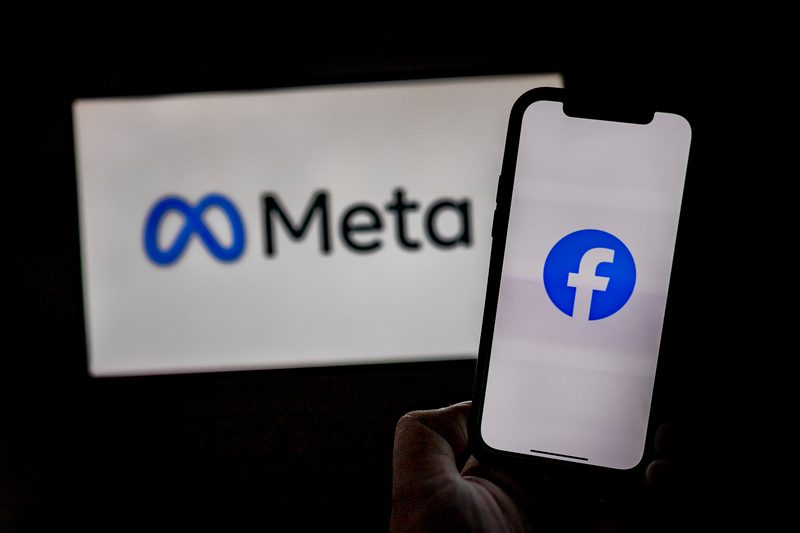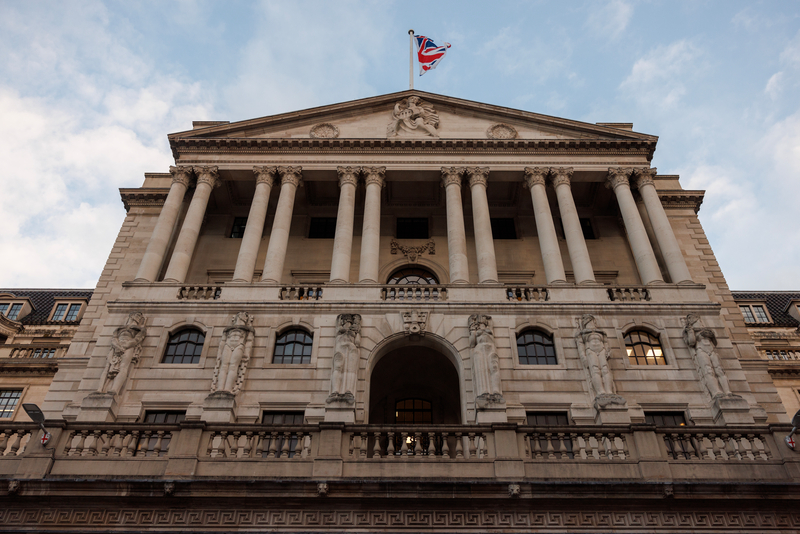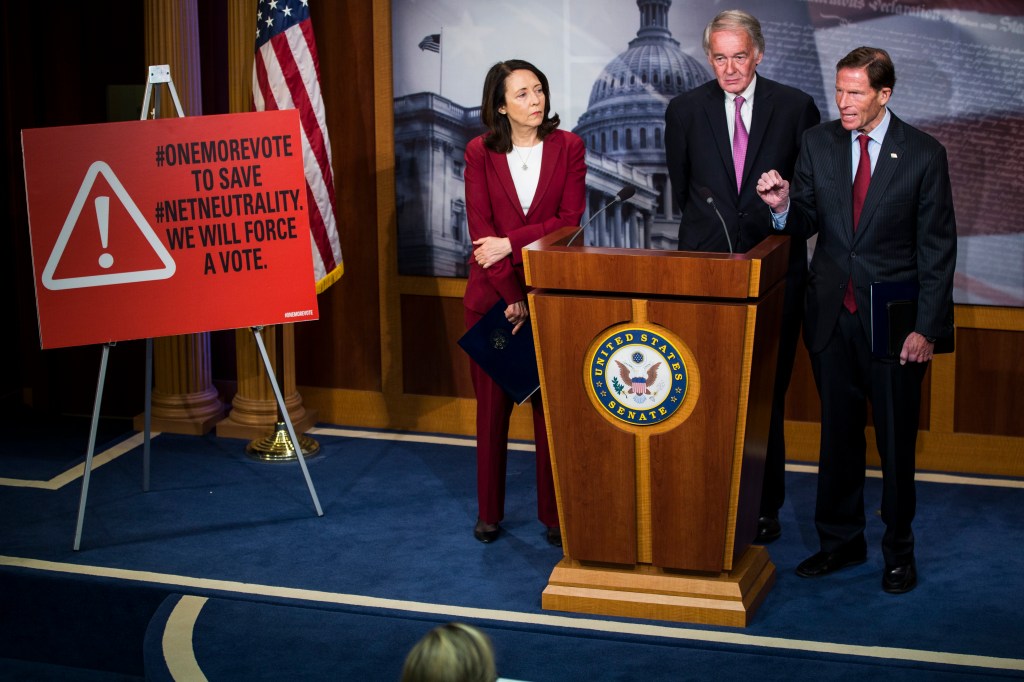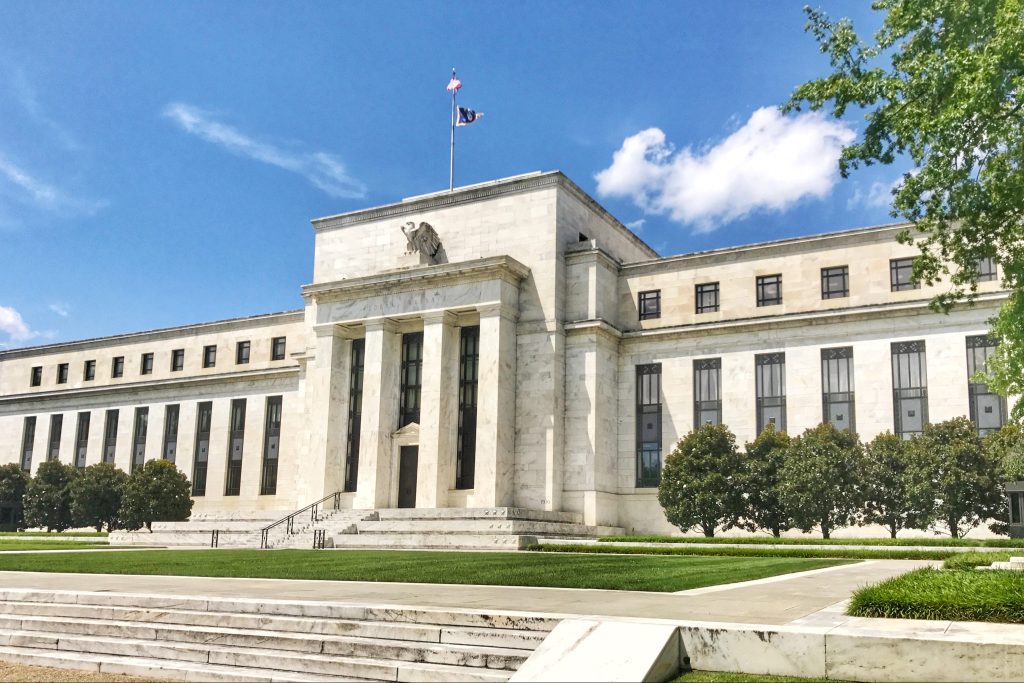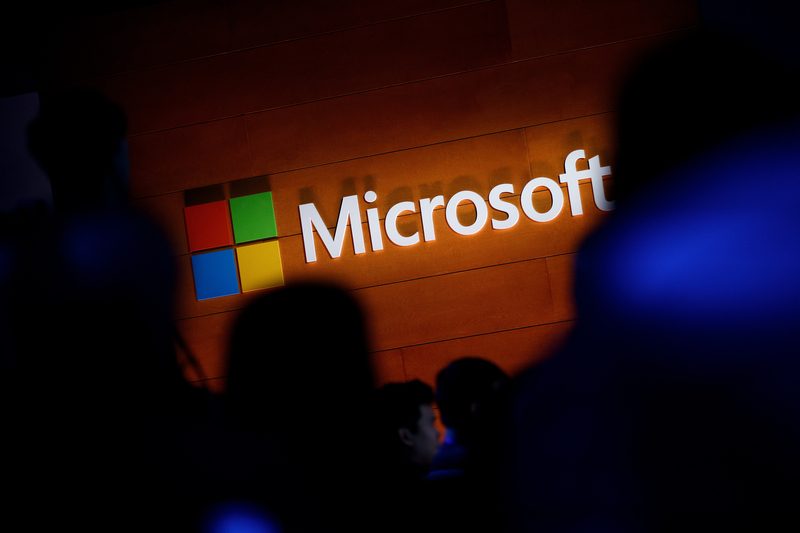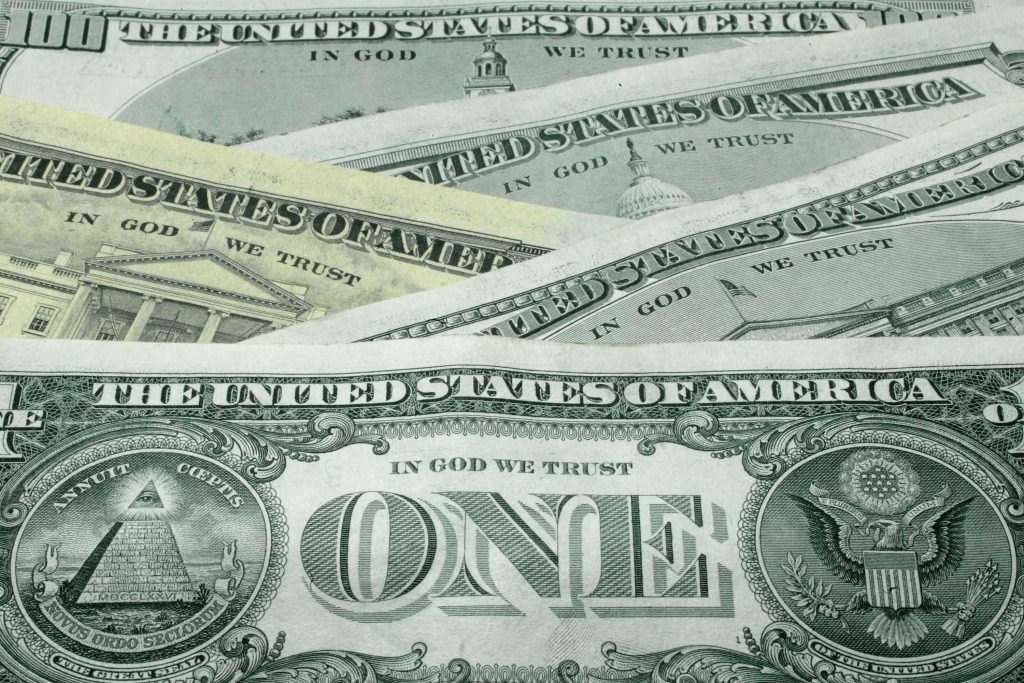On Thursday, the US Federal Reserve launched its long-awaited instant payments system, bringing the nation in line with many other countries – such as Mexico, Brazil, and the UK – where real-time payments platforms already operate.
The new FedNow payments service will let US bank customers send and receive money almost instantly, so a consumer can make bill payments, deposit paychecks, use wire transfers, and conduct other common financial transfers around the clock.
While FedNow would offer consumers access to their money immediately, only a small number of banks, credit unions and other firms that work with lenders are participating in the program right from the start, the Fed said in its press release on Thursday.
Banks and credit unions
Those include 35 early-adopting banks and credit unions (such as JPMorgan Chase and Wells Fargo in the bank category), as well as the US Department of the Treasury’s Bureau of the Fiscal Service.
Since an earlier announcement about the service, bank officials have said it could take a couple of years before the system gains more widespread adoption and its capabilities are more fleshed out. There are about 9,000 banks and credit unions in the United States, and sign up will happen gradually, the Fed said.
“Over time, as more banks choose to use this new tool, the benefits to individuals and businesses will include enabling a person to immediately receive a paycheck, or a company to instantly access funds when an invoice is paid,” said Federal Reserve Chair Jerome H Powell.
Helping consumers
Fed officials have said the new system would eventually allow individuals to instantly receive their paychecks and use the funds the same day, plus help small businesses more efficiently manage cash flows without processing delays. It could also help individuals who aren’t on a regular payroll, such as gig workers, get faster access to their wages.
Consumers could pay a bill last minute on the due date, potentially avoiding late fees, and small businesses could have immediate access to funds when invoices are paid.
It’s just a simple truth that for many consumers, getting a payment immediately compared with in a day or two would have a great impact on their lives. Right now, when someone needs such instant access to the funds in a paycheck, they often go to payday lenders and check-cashing stores that charge high interest rates.
We can all receive a payment through Venmo or Zelle, but those peer-to-peer networks still rely on bank-clearing time for users to have true access to those monies.
Consumers could pay a bill last minute on the due date, potentially avoiding late fees, and small businesses could have immediate access to funds when invoices are paid, helping them manage their working capital, the Fed said in its list of FAQs about the service.
Real-time payments
Some of the largest banks allow for real-time payments, with those banks offering access to a specific network to conduct them. This real-time payment network lets bank customers get their money nearly instantly, but it certainly does not help all consumers, especially since many smaller banks and credit unions are not a part of such networks.
Big banks, which spent more than $1bn on their own systems to offer such payments, had waged a lobbying effort to stop the Fed from developing FedNow. The prospect of a competing Fed system was not appealing at first, but having JPM and BNY Mellon sign up as early adopters has likely helped.
One significant limitation with the system in its early phase is that at least some of its early adopters will only receive, and not send, FedNow payments, according to people familiar with the system’s launch who spoke to the WSJ. That is expected to change as the banks retool their in-house, real-time services and networks.


